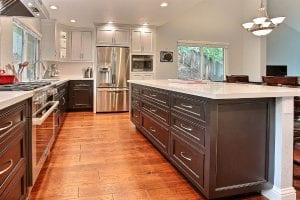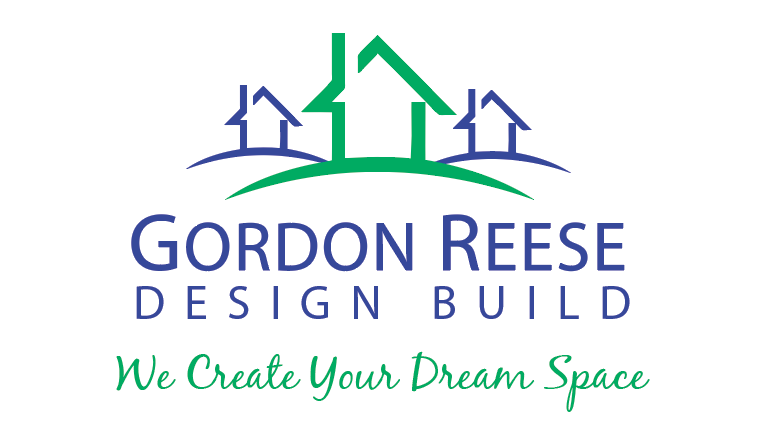Eco-Friendly Flooring offers sustainable, green flooring solutions for your home. Eco-friendly floorings are made of cork, bamboo, and other sustainable materials.
In the home improvement industry, eco-friendly products are a rising trend. It’s no surprise really, given how so many homeowners have adopted an environmentally-conscious mindset. People want recycled substances, reused components, and as many organic compounds as possible.
In fact, an eco-friendly lifestyle is so appealing, a good percentage of homeowners undertake extensive home renovation projects just to replace their current setup with more eco-friendly options.
If you’re in the process of a kitchen remodel or you’re seriously considering one, you might be interested in knowing some of the viable eco-friendly flooring solutions you can choose to make your kitchen a little greener.
Here are three of the more popular ones.
Contents
LINOLEUM
This might come as a surprise to many—especially since it’s one of the oldest and most common kitchen flooring options—but linoleum is actually one of the best floorings you can pick for your kitchen remodel if you want to be eco-friendly.
Kind of surprising, right?
It’s hard to tell when looking at it, but real linoleum is an all-natural mix of cork dust, tree resin, linseed oil, wood flour, and ground limestone. These earthy compounds are then pressed against a jute backing and shaped.
Linoleum is an excellent choice for the practical homeowner. It’s easy to maintain and lasts quite long. What’s more, real linoleum tiling often contains recycled compounds—a definite bonus for those who prioritize eco-friendliness above all.
BAMBOO
 From one of the more common options (linoleum) to one of the less known ones, bamboo is yet another environmentally-sound flooring solution to consider for your kitchen remodel.
From one of the more common options (linoleum) to one of the less known ones, bamboo is yet another environmentally-sound flooring solution to consider for your kitchen remodel.
Although it has all the characteristics of classic wooden flooring – especially hardwood – bamboo is scientifically classified as a type of grass. It grows quite quickly, all things considered, and can reach full maturity in as little as three years. This, coupled with its incredible durability, makes it an extremely sustainable source material.
The more popular bamboo variants may be a rich green in color, but that doesn’t mean your color selection is limited. Bamboo actually comes in a wide array of colors; green, blond (the most common), red, black, gold, beige, brown … the variation is greater than you think.
This means you have quite an extensive color selection if you do decide to go with bamboo flooring for your kitchen remodel. And since bamboo flooring is naturally light, it’s easy for manufacturers to customize the flooring’s shade and/or hue to better match your existing aesthetic.
Bamboo flooring is quite similar to hardwood in terms of hardiness and durability. However, bamboo is much easier to install and maintain than classic hardwood. And it’s a good deal more affordable, too.
GLASS TILES
Fresh, unique, and undeniably elegant, glass tiles are the perfect blend of sustainable and contemporary.
Usually made out of 100% recycled glass, glass tiles have quickly become a favorite of most homeowners. Aside from the fact that it’s environmentally safe and highly renewable, glass offers the same benefits as many eco-friendly materials: non-absorptive, mold- and mildew-proof, easy to maintain, and long-lasting.
This is perfect for homeowners who may not have a lot of time or resources to dedicate towards maintenance.
The color, pattern, and finish options for glass tiles are practically limitless. They’re easy to style, cut, and customize, too. So if you’re extremely particular about your aesthetic, glass tiles might be the best flooring solution for your kitchen remodel to fit your specific visual needs.

Recent Comments